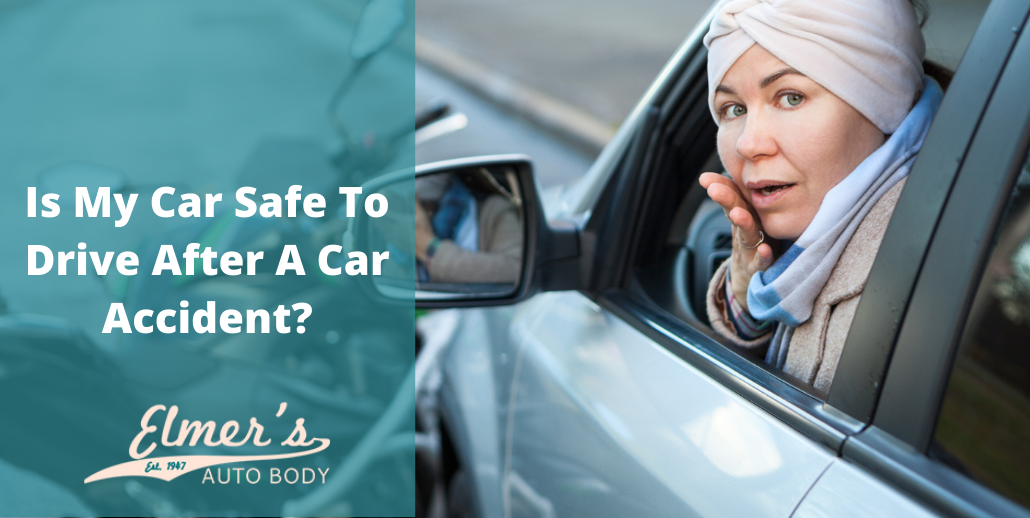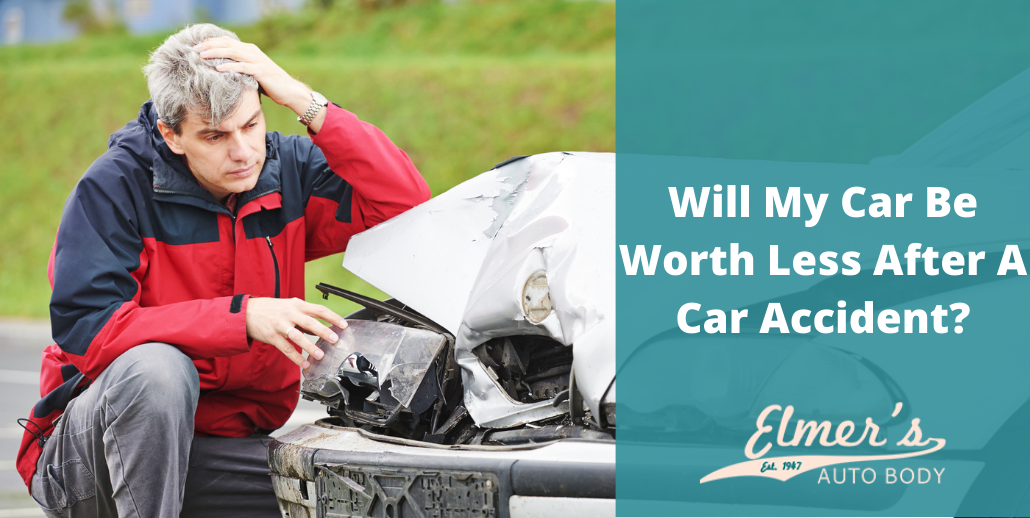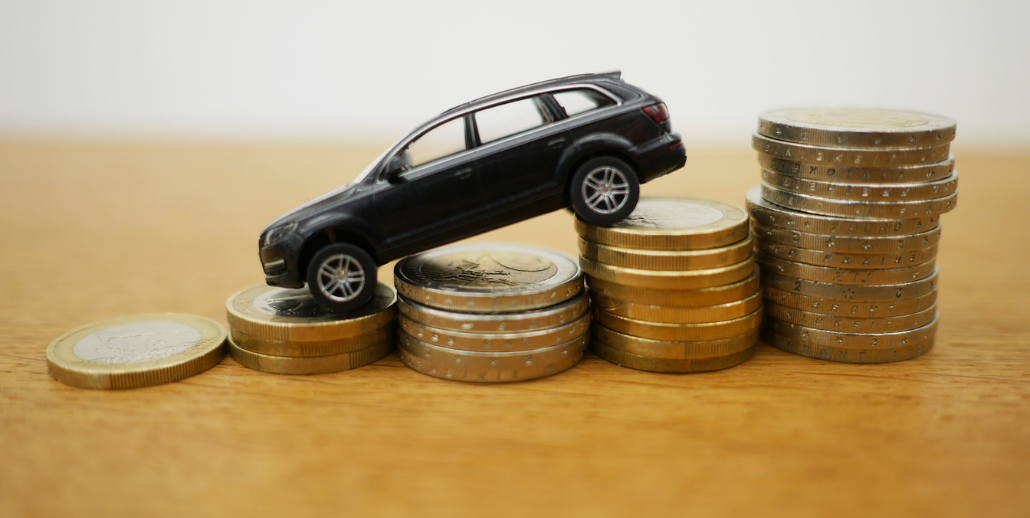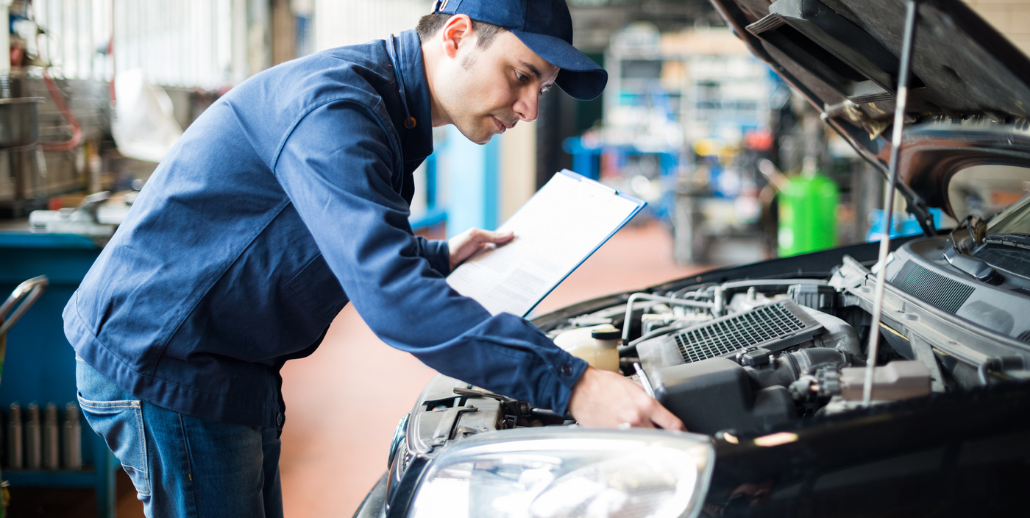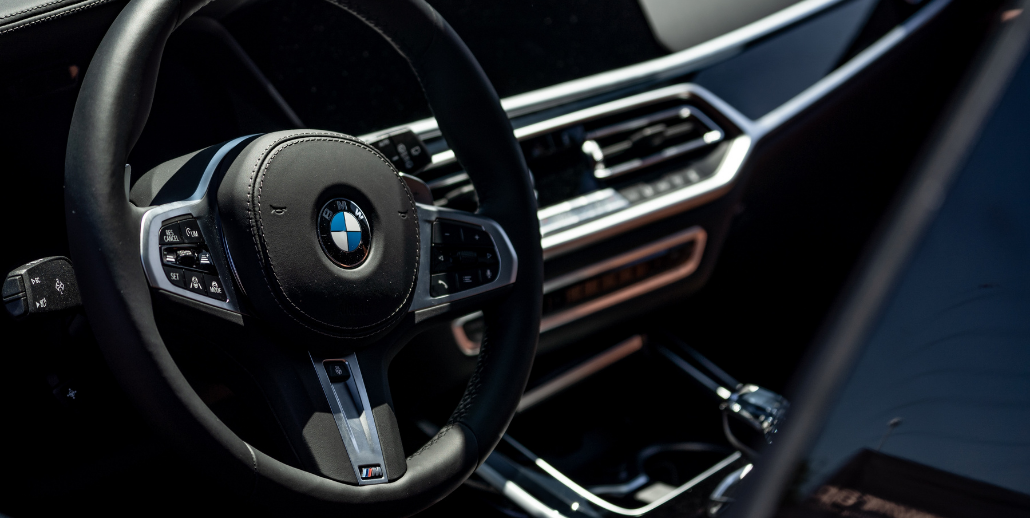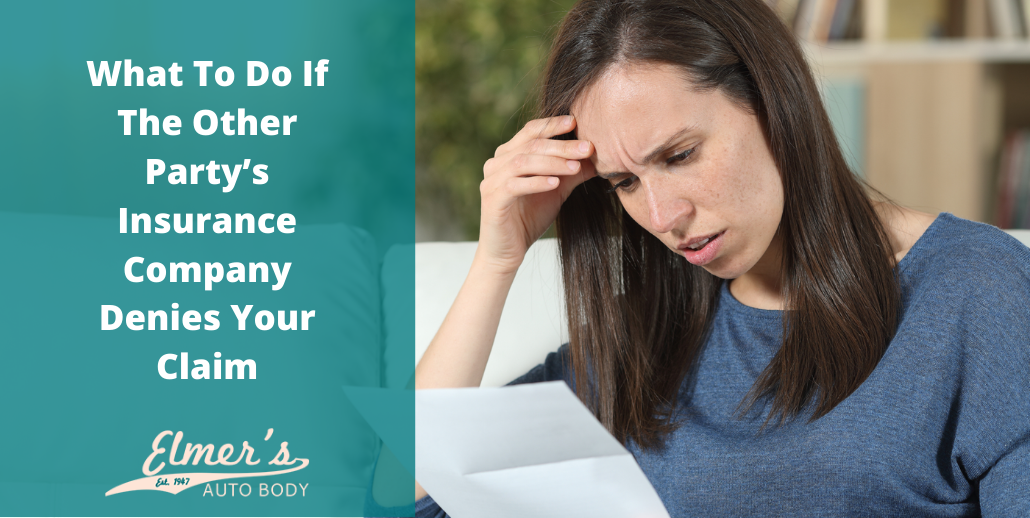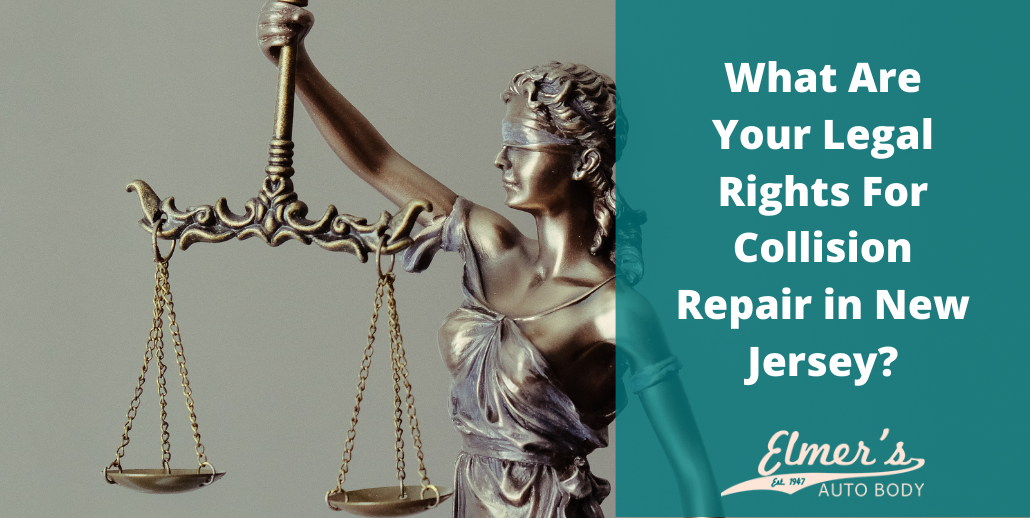If your car has suffered damage in an accident, you may be concerned about its safety. External damage is often apparent, but you may not be able to see all the damage caused by the collision. These tips can help you determine if your car is safe to drive on the road. If your vehicle is damaged, you need to schedule an inspection at a professional body shop.
Law Enforcement Can Determine Road-Worthiness
If you are involved in a collision, local law enforcement often responds to the call. For those insurance claims, you need to contact the police to obtain an accident report. The officer is also trained to assess a vehicle’s damage and can determine if it meets the legal standards to drive on the roadways.
A law enforcement officer can tell if your headlights, turn signals, and brake lights are operational. If the tires or turning mechanisms are damaged, you cannot control the car. Police can even determine if minor problems will prevent your vehicle’s safe operation on the road. In most cases, if all safety mechanisms and mechanical features of the car are operating, the vehicle will be determined safe to drive.
Look Out for These Danger Signs
If there is smoke coming from your vehicle, it may not be the result of a fire. Smoke is often caused by fluids hitting those hot areas of the engine. At this point, you want to check for any fluids leaking from the car. If fluids are dripping, this is a major safety issue. You might have antifreeze or coolant leaking, and that can cause your engine to overheat. After an accident, oil can also leak out from your car’s engine. When that happens, you are risking the chance of major engine failure or a fire. Finally, brake fluid is an essential part of your safety system. A brake oil leak runs the risk of a catastrophic brake failure on your car. If smoke or steam is coming from your engine, it is unsafe to drive as it could obstruct your view.
All of these leaks could be potentially harmful to yourself and others on the road. If you notice leaking fluid from your vehicle, make sure to contact a tow truck. You can have your car towed to an experienced body shop or repair center. These professionals will inspect your vehicle to determine if it is safe to drive. You don’t want to take any risks when you get behind the wheel.
Although it may seem like common sense, you should never drive on a flat tire. You can quickly lose control of the vehicle and crash. Proper wheel alignment is important after a collision. If your wheels are aligned, then your car is drivable. However, if your wheels are misaligned, you will notice that your vehicle pulls to one side. When that happens, the car can swerve into traffic and cause an accident. If the engine is making strange noises or pulls sharply to one side when driving, it is not safe on the roads and should be parked until you can bring it into a repair shop.
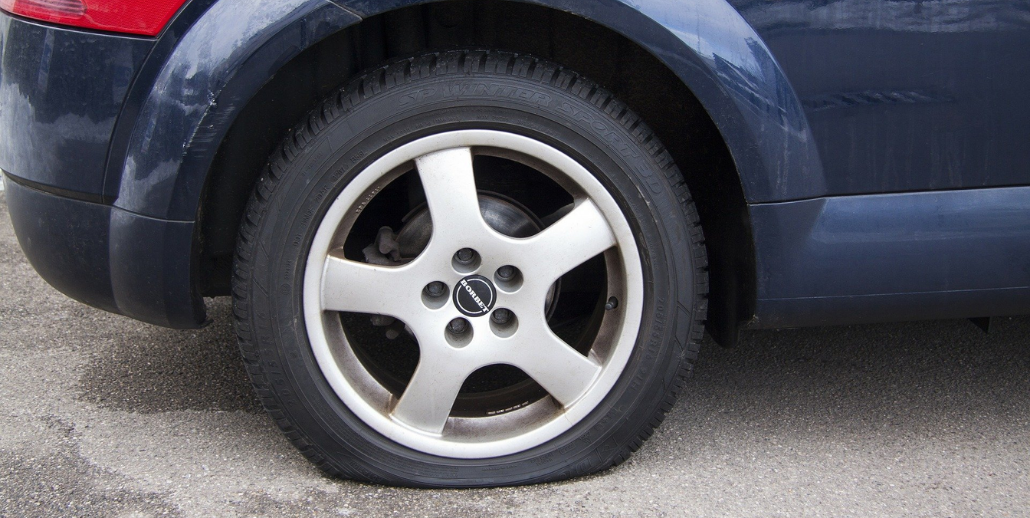
You should never drive a vehicle without tail lights, turn signals, brake lights, or headlights. Before you hit the road with your damaged car, you want to take a look at your lighting systems. Broken lights may also indicate other issues that you cannot see. For example, a hidden electric component short could lead to a fire. Driving with a broken headlamp, lens, or tail light is dangerous. It is also illegal in almost all states. If you are heading down the road with broken safety equipment, you will likely be pulled over and ticketed. In any case, you never want to drive your car until you can get those broken or missing light fixtures fixed.
Your side mirrors are essential safety features, and you want to make sure they are intact. If the driver side mirror is in place, but your passenger-side mirror is missing, then you will still be able to drive the car. You will have to use the rearview mirror to compensate for that lost mirror. However, with two mirrors missing, you might be pulled over by law enforcement for operating a vehicle without the proper safety equipment. Along with that, it is hazardous to drive without these mirrors. You will increase your chance of causing another accident if you cannot see the traffic around your vehicle.
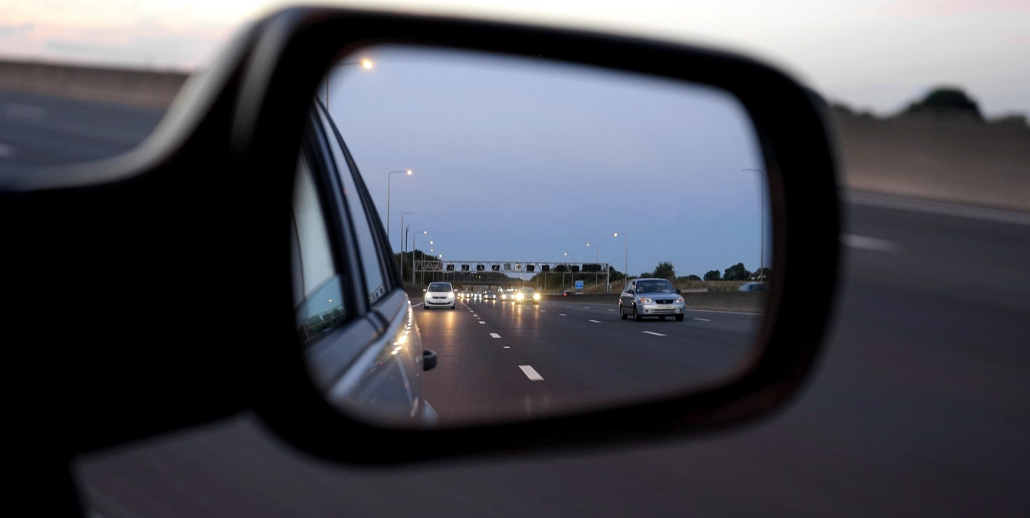
Finally, make sure to check out your hood. If the hood can be locked and closed, you are safe to hit the road. After an accident, the locking mechanism can become damaged, and your hood will not stay shut on the car. A damaged hood can cause air pressure to build up from the engine, and the hood can pop open as you drive down the road. As you can imagine, the hood will completely block your vision. In this nightmare scenario, you are a danger to yourself and other drivers on the road. You never want to risk the chance of an accident. If your hood or other components are broken, make sure to take your car to a reliable auto body shop.
Driving After an Accident Checklist
In short, here is a review of the parts and components you need to inspect before hitting the road. This checklist will ensure that your vehicle is ready to drive. If any parts are broken or failing, you need to tow your car to a repair shop before driving.
- Make sure your lamps are functioning.
- Check to ensure your mirrors are intact.
- Make sure there is no leaking fluid.
- Ensure your wheels are in proper alignment.
- Make sure your hood is not broken.
Repair Your Car
After an accident, there is going to be damage to the vehicle. In some cases, the damages are minor. You might even consider hitting the road without the proper inspection. However, there are a few things that you need to take into consideration.
Depending on the severity of the accident, you might be able to drive the car without any issues. If there is significant damage to your vehicle, and you drive it without an inspection, you could face some severe consequences. In some cases, the damage is not visible to the driver. When you drive the car, it could be causing more damage to essential components. In turn, your insurance company might deny your claim since you never had an initial inspection of the vehicle. After driving a car in an accident, you can cause more vehicle problems. In some cases, the car might be damaged beyond repair.
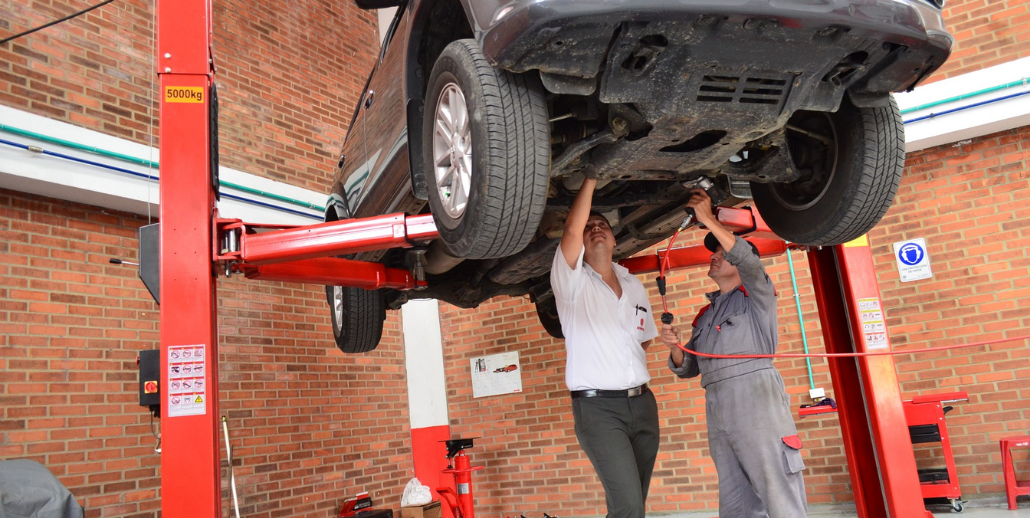
Without a proper inspection, your car is an unsafe vehicle. Your brake fluids might be leaking, or the wheels are misaligned. When you take your vehicle on the road, you run the risk of another accident. If you cause an accident with your damaged vehicle, you can get into serious legal trouble. Anyone injured in this accident can sue you for damages, and your insurance company might deny your claims. You don’t want to take the risk and cause injuries to other drivers and passengers because you neglected to have your car inspected.
Looking for an Auto Body Shop Near Me?
If your car has been in a collision, contact Elmer’s Auto Body to set up an appointment. We can get your vehicle back on the road as quickly as possible. You can schedule an inspection by calling (856) 218-0202.

